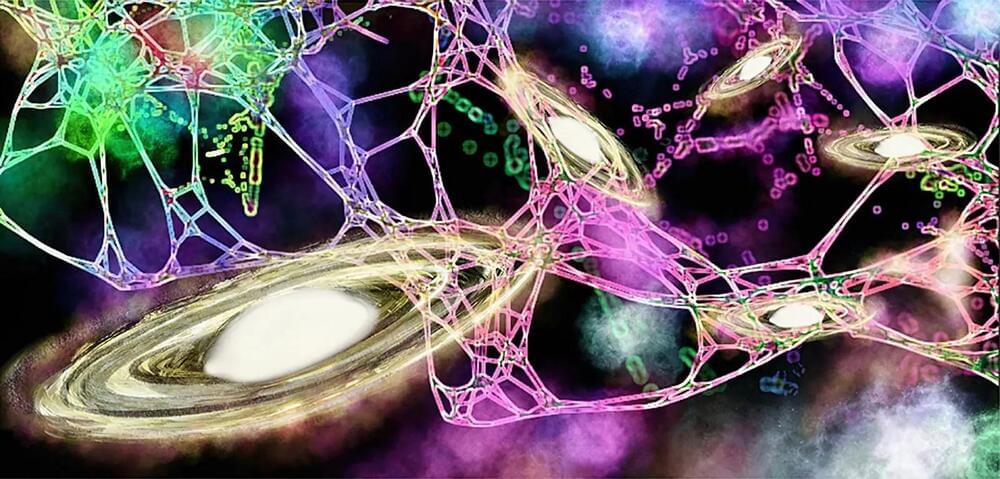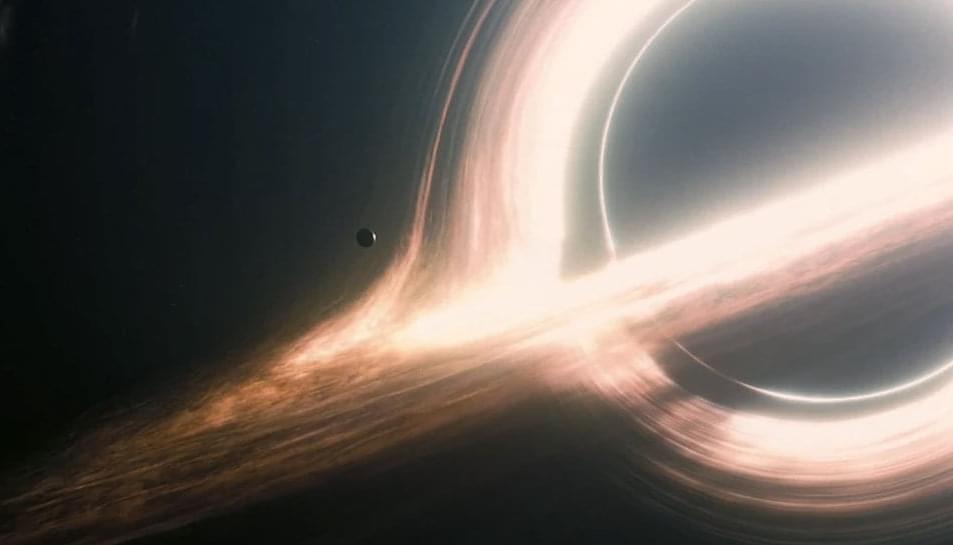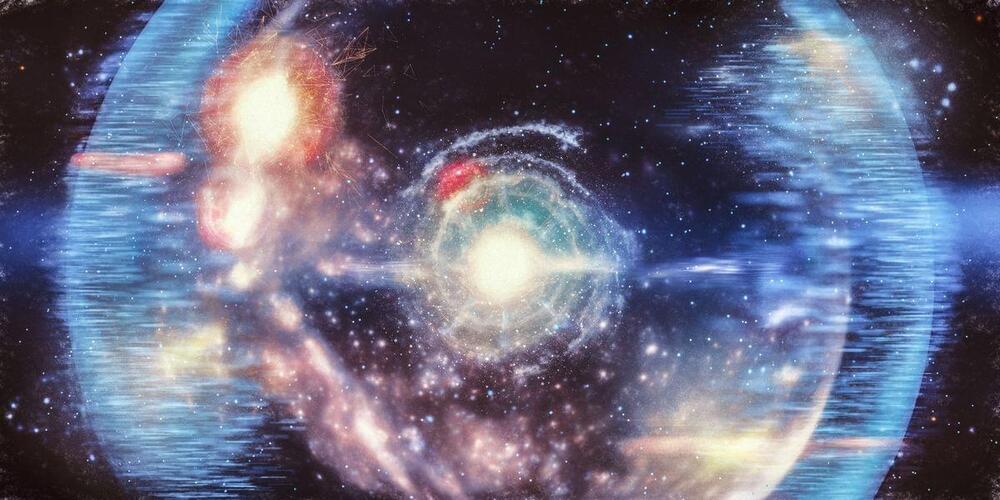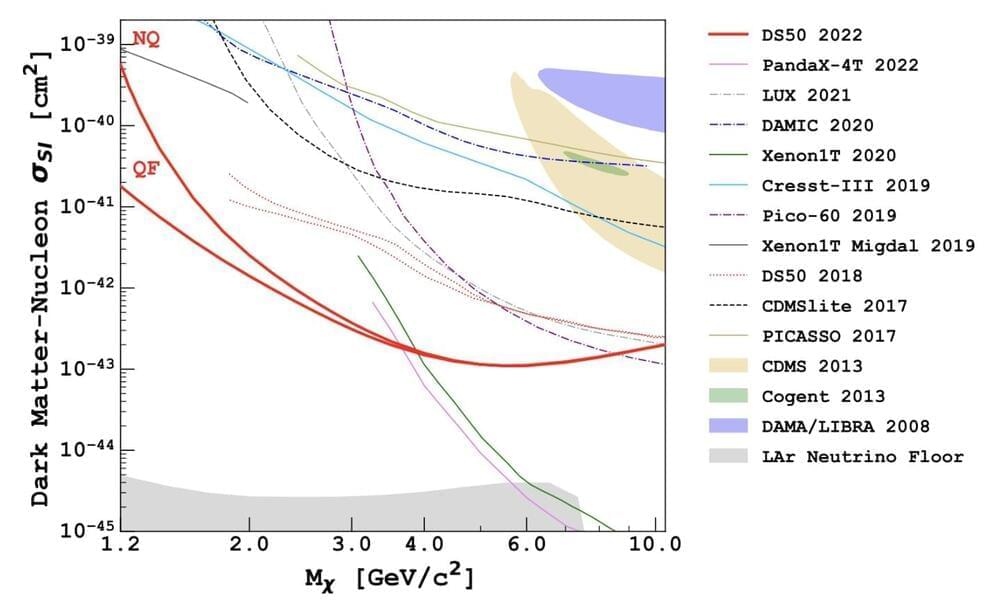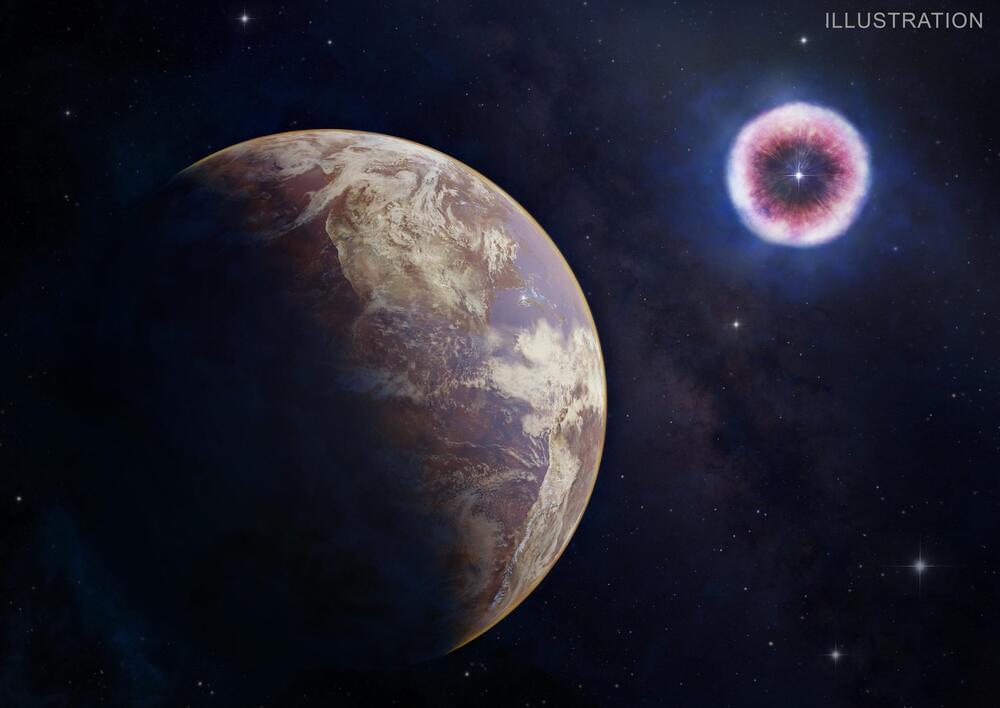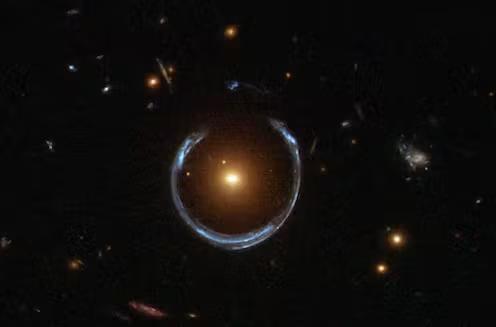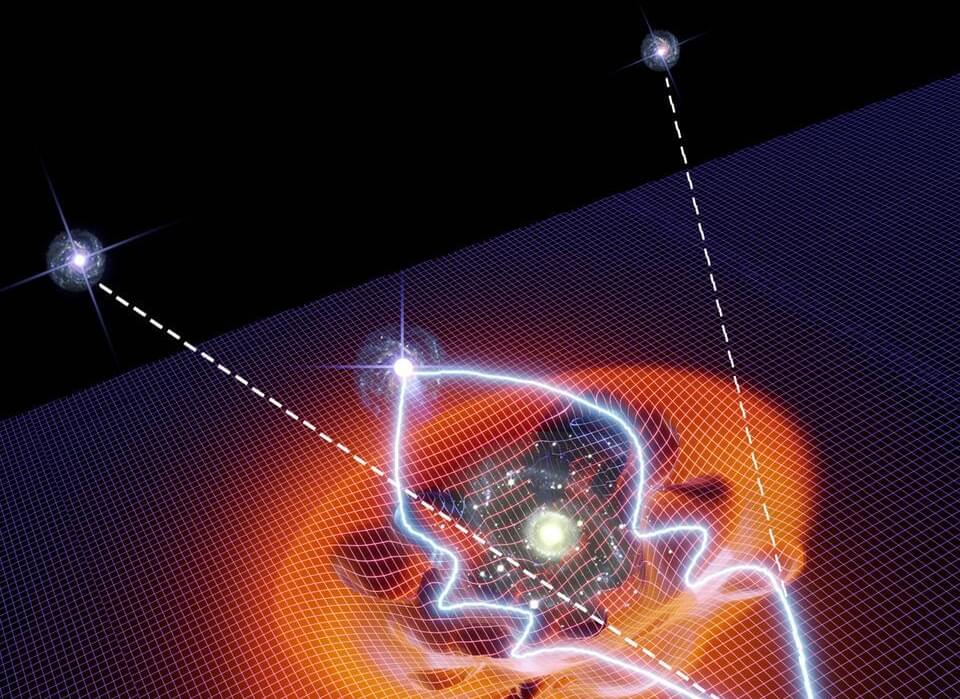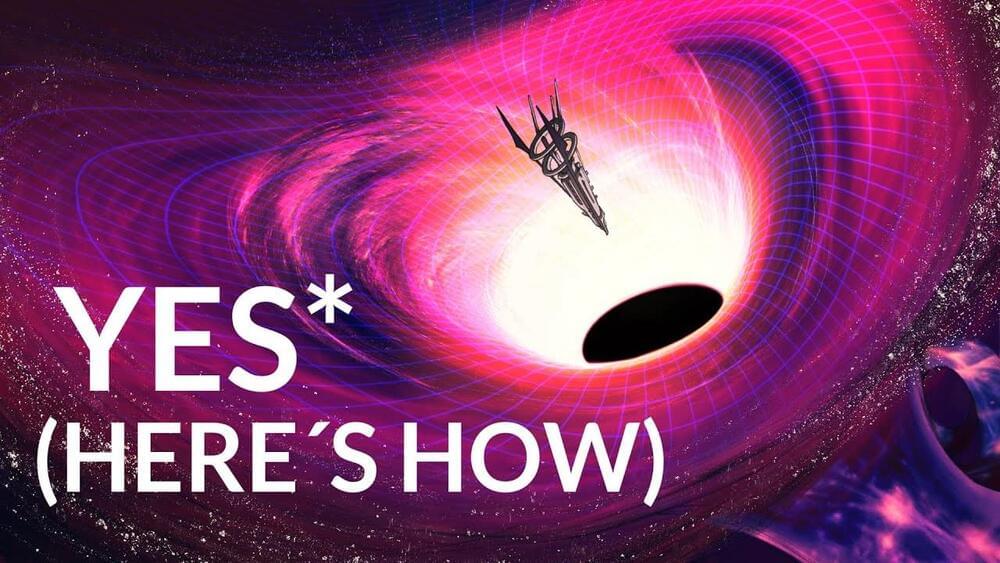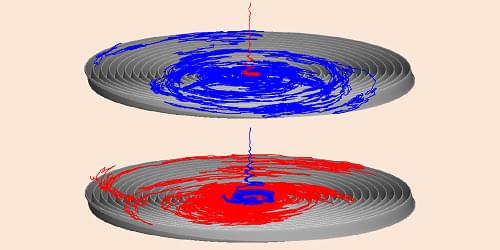Apr 21, 2023
Dark Order in the Universe: Distant Galaxies Align To Support Einstein’s General Relativity
Posted by Paul Battista in category: cosmology
Scientists have confirmed that intrinsic alignments of galaxies can probe dark matter and dark energy on a cosmological scale, supporting general relativity at vast spatial scales. However, the nature of dark energy and cosmic acceleration remains unresolved.
Einstein would nod in approval. General relativity may apply even in the farthest reaches of the universe.
Now, scientists from international research institutions, including Kyoto University, have confirmed that the intrinsic alignments of galaxies have characteristics that allow it to be a powerful probe of dark matter and dark energy on a cosmological scale.
